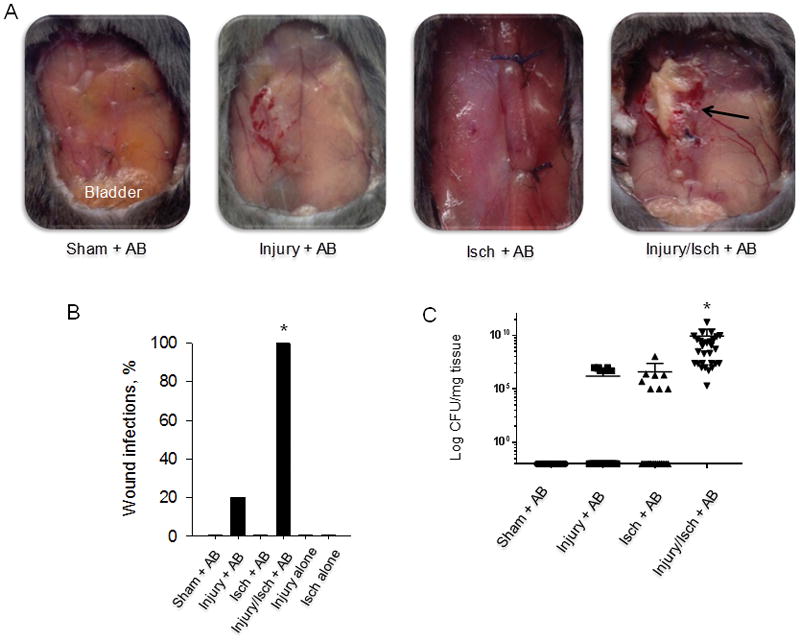Figure 1. Muscle injury and ischemia are required for Acinetobacter baumannii wound infection in mice.

(A), Images of wounds on post-operative day 7 (POD7) in four treatment groups of mice. Black arrow denotes an abscess. (B), Percent of animals with gross wound infection in each group (n=15/group). The rate of abscess formation in Injury + AB group reached 20% but was not significantly higher compared to Sham + AB group (P=0.68; Bonferroni corrected α′=0.0024). The rate of abscess formation in the Injury/Isch + AB group was significantly greater than in all other groups (p < 0.0001; Bonferroni corrected α′=0.0024) (C), Bacterial density of A. baumannii in mouse tissues. All injured and ischemic tissue samples (Inj/Isch + AB) displayed significantly greater A. baumanni colonization compared to other groups (n=30; 15 mice/group × 2 tissue samples each, *p<0.0001, Mann-Whitney test). A negligible level of contamination (seen as black dots on the × axis) was found in majority of samples in other groups. Each dot on graph represents CFU value of each tissue sample. AB (A. baumannii), Injury (muscle injury), Isch (muscle ischemia).
